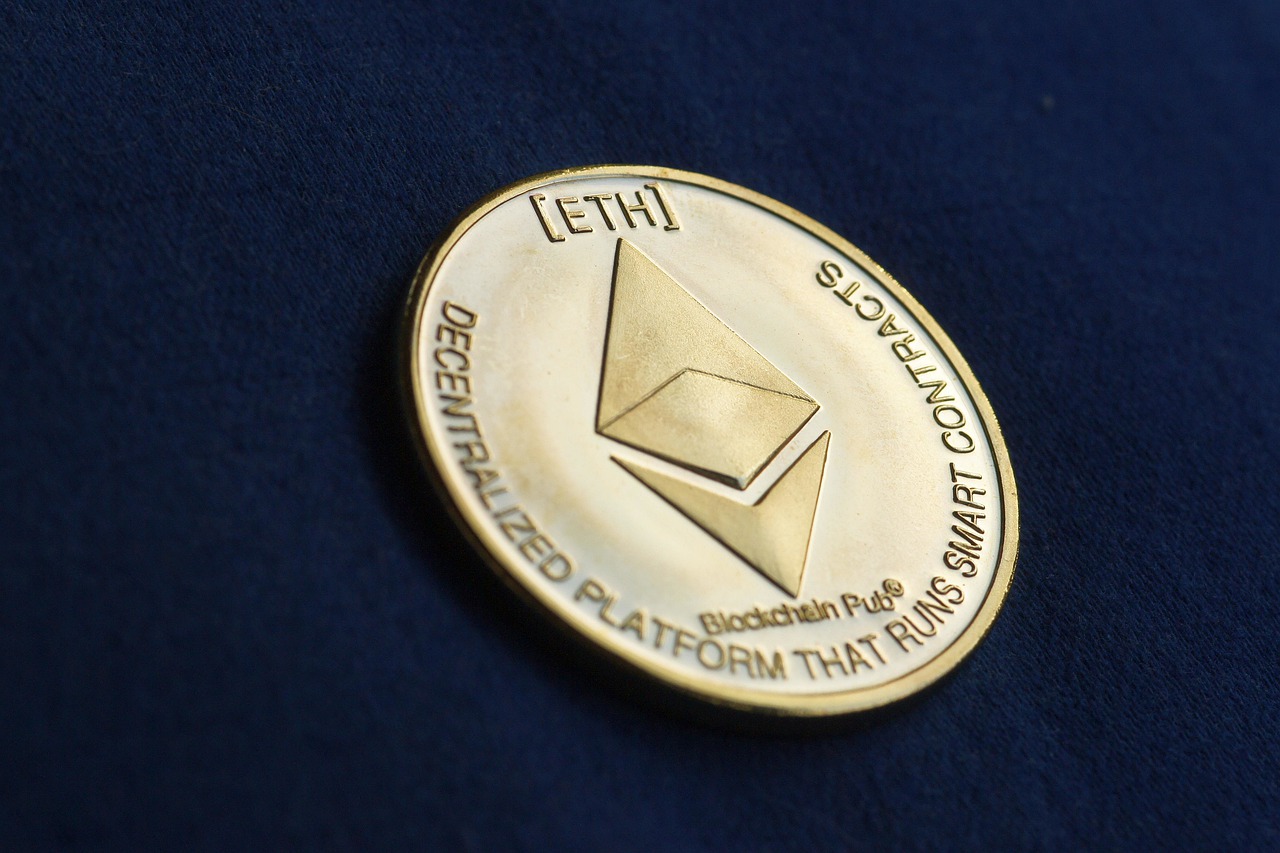 BLOCKCHAIN
BLOCKCHAIN
 BLOCKCHAIN
BLOCKCHAIN
 BLOCKCHAIN
BLOCKCHAIN
The long-awaited Ethereum “Merge” update was completed just before midnight Wednesday and the blockchain has switched from its “proof-of-work” validation system to a “proof-of-stake” system under the hood.
From the perspective of users and developers, the Merge changed absolutely nothing, but for current Ethereum miners, those creating new crypto tokens, millions of dollars’ worth of their old equipment will no longer work on the blockchain.
Proof of work is a validation system that was first pioneered by bitcoin, an energy-intensive process that uses multiple machines completing to complete complex puzzles in order to secure transactions on the blockchain. It will be replaced with proof of stake, which has users on the blockchain “stake,” or lock up, their tokens, proving they have a stake in the blockchain to secure transactions on the chain.
The switch, known as “the Merge,” has been planned for years by the Ethereum core development team, and will reduce the total energy used by the blockchain by over 99%. It’s also part of a longer-term plan that will allow the developers to add even more features such as greater scalability and higher security.
It’s called the Merge because for some time now, Ethereum has been running alongside a fork of itself successfully running a proof of stake system that “merged” with the mainnet replacing the proof of work system. This was a lot like swapping out a plane’s engine with another while it was still flying.
The actual event took place at around 11:42 p.m. PDT on Wednesday and reached finality about 15 minutes later when the first block was created under the new system. During the whole endeavor, multitudes of Ethereum users, developers and others flocked to the internet to watch the event online at viewing parties, with one that had more than 41,000 people at peak.
“This is the first step in Ethereum’s big journey toward being a very mature system, and there’s still steps to go,” Ethereum co-founder and creator Vitalik Buterin said after the update during a viewing party on YouTube. “We still have to scale, we still have to fix privacy, we still have to make the thing secure for regular users, we all need to work hard and do our part.”
The actual process of the Merge was seamless and was met with fanfare as viewers waited for the first block to be produced, and by midnight, a new era for Ethereum had begun.
And we finalized!
Happy merge all. This is a big moment for the Ethereum ecosystem. Everyone who helped make the merge happen should feel very proud today.
— vitalik.eth (@VitalikButerin) September 15, 2022
One of the benefits of cryptocurrency staking is that it generates rewards for being part of protecting transactions on the network. Under the Ethereum staking model, there is a relatively high barrier to entry, requiring 32 ETH, or about $51,000. Now that the Merge is complete, major exchanges will begin offering Ethereum staking services that allow users to stake smaller amounts of ETH for rewards including Coinbase, Kraken and Binance.
Although it is possible to stake ETH now, it will not be possible to unstake it until a later upgrade of the Ethereum blockchain, called Shanghai, which is expected to happen in early 2023.
One of the biggest benefits of the switch from proof of work to proof of stake is the vast reduction in energy use of the blockchain. Before the Merge, Digiconomist estimated that Ethereum consumed as much yearly energy on average as the entire country of Chile. That’s because proof of work is an energy-intensive process and it has drawn the attention of regulators over energy sustainability and environmental concerns.
Ethereum mining is a multibillion-dollar industry and the Merge has displaced as many as 1 million people with in excess of $10 billion worth of mining hardware. One consequence is that Ethermine, the largest Ethereum mining pool by computational power, has shut down its Ethereum mining servers, according to an announcement. In a few days, unpaid balances will go out to miners. The service has directed miners towards other proof-of-work tokens and launched a staking service.
A great deal of Ethereum mining is done by high-end graphics cards, which caused graphics processing unit shortages and high retail prices – something that the Merge has helped ease. However, that means miners no longer in need of their GPU-powered computers may either try to sell them, flooding the market, or dump them, generating massive amounts of e-waste.
Alternatively, miners might switch their rigs to an older proof-of-work fork of Ethereum known as Ethereum Classic or another proof-of-work blockchain to continue to try to make money from cryptocurrency mining.
Another potential place miners might go is to EthereumPoW, a proof-of-work hard fork that is expected to launch within 24 hours, according to the project. The project is the brainchild of Chinese crypto miner Chandler Gao, who announced the idea in July after saying that the Merge would put miners out of business.
“ETHW mainnet will happen within 24 hours after the Merge,” the @EthereumPow Twitter account posted on Tuesday. “The exact time will be announced 1 hour before launch with a countdown timer, and everything including final code, binaries, config files, nodes info, RPC, explorer, etc. will be made public when the time’s up.”
Today’s update sets Ethereum on a path for further upgrades in the future that will allow it to scale up even more in the future. Currently, Ethereum can only handle 30 transactions per second, and that leads to congestion, delays and high fees. In order to manage this, additional scaling is assisted by Layer-2 blockchains that are built on top of the network.
The Merge has opened up avenues for a future upgrade called Sharding, which will support an additional data layer and interoperate with Layer-2 blockchain networks to enable throughput of up to 100,000 transactions per second.
THANK YOU